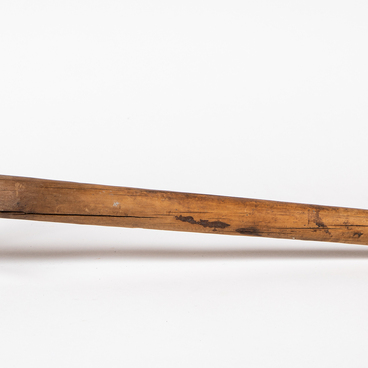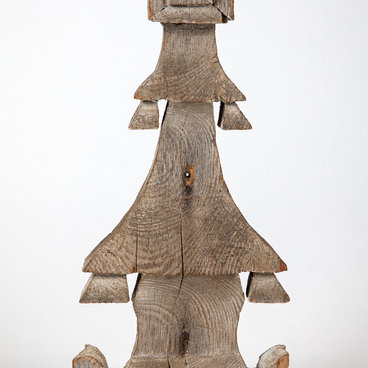In the “Housewife’s Corner” section of the Sheltozero Veps Ethnographic Museum named after Rurik Petrovich Lonin, an ancient clay pot is on display. The item was donated to the museum by Musa Timofeevna Davydova, a resident of one of the ancient Veps villages, Matveeva Selga, which is part of the Sheltozero Veps rural settlement.
The Veps are a thrifty people, so the pot is braided with birch bark in order to extend its life. In this way, pottery often found a second life: birch bark firmly held the walls of the pottery that had a small crack. Such an item could no longer be put in the oven, but it could still be used in everyday life. For example, the pot on display was used to prepare dough.
The pottery industry received particular development in the 18th century, largely thanks to the entrepreneurial spirit of the German timber merchant Fock. Back then, in the upper reaches of the Oyat River there were up to 200 pottery workshops. The availability and low cost of raw materials necessary for the production of simple pottery stimulated the development of this craft. Pottery products were sent in caravans to St. Petersburg and sold on the Anichkov Bridge. In winter, products were transported on sleighs to Finland. The path went through the territory inhabited by the northern Veps. Therefore, in every house on the territory of the Veps Prionezhye there was pottery from the Oyat River.


